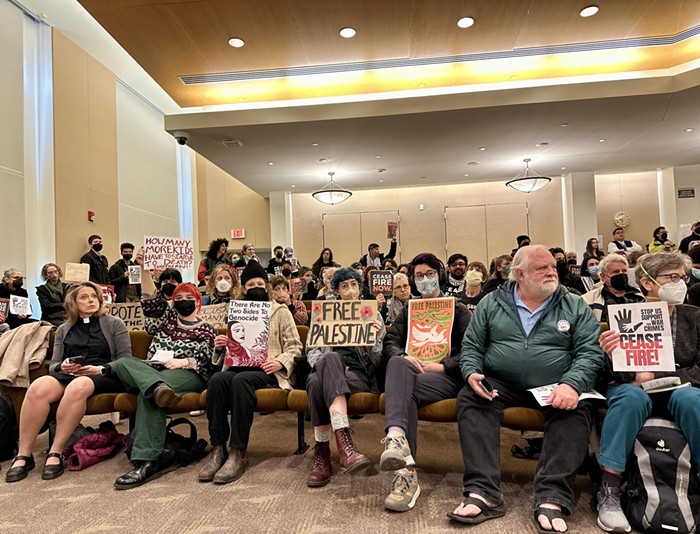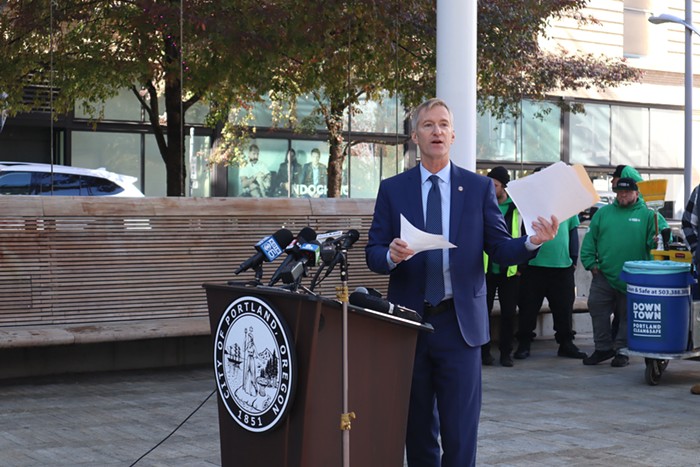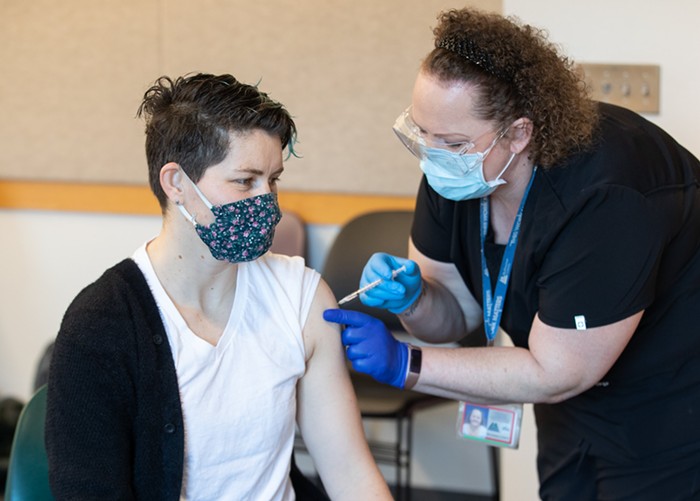
Portland State University’s (PSU) Population Research Center released early results for its annual Oregon population report Monday morning, and key findings include the state’s lowest birth rate in decades, as well as continued population growth from out-of-state transplants.
Oregon’s population grew by over 50,000 people last year, with 88 percent of new people coming from out of state. It's a slight decrease from 2016, a year that saw more than 60,000 people moving to Oregon.
Charles Rynerson, a research faculty member at the center, told the Mercury that about a quarter of 2017's transplants come from California. Interestingly, Washington is the only state Oregon has a net loss with—that is, more people moved from Oregon to Washington last year than vice-versa.
The other 12 percent of new people in Oregon were born here last year—but 2017 saw the lowest birth rate in the state since 1995. Birth rates in Oregon peaked at about 49,000 in 2007, and have been dropping steadily since then.
“It’s a combination of an aging population, and lower birth rates among people,” Rynerson said about the drop.
In Multnomah County, the birth rate in 2017 was at its lowest since 1978, when the county’s population was a third smaller than it is now, Rynerson said.
Oregon’s three most populous counties—Multnomah, Washington and Clackamas— saw the highest population growths by county last year. Multnomah and Washington each increased by over 10,000 people, while Clackamas grew by over 6,000.
As the population keeps growing, it could put even more of a strain on things like affordable housing, traffic and public transportation, and social services.
“There weren’t any really big surprises in this year’s report,” Rynerson said. “It’s a continuation of trends we’ve seen for years.”



















